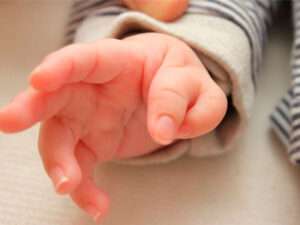Webbed Fingers (Syndactyly)
Webbed Fingers (Syndactyly)
Syndactyly is the most common inherited limb abnormality, marked by the fusion of fingers or toes. It occurs in approximately 3 out of every 10,000 live births. This condition may present on its own or as part of over 300 known genetic syndromes.
The fusion can vary in form—ranging from partial to complete—and may involve just the skin or extend deeper to include the bones. Regardless of the type, surgical correction is required. When only the skin is involved, an X-ray is typically not necessary for treatment planning. However, if the bones are also affected, imaging becomes essential. To protect the infant from unnecessary radiation exposure, X-rays are usually delayed until around 6 months of age and performed with precautions such as shielding the body with a lead apron, leaving only the hand exposed.
When Is Surgery Performed?
Surgical separation is usually done between 6 and 18 months of age. Early intervention is important, especially in cases where one finger is longer than the other, to prevent the longer finger from bending or curving unnaturally.
What Happens During and After Surgery?
In some cases, there may not be enough skin between the fingers to close the surgical area after separation. When this occurs, a small skin graft—typically harvested from the baby’s groin—is used to cover the gap. This donor site usually heals with only a fine, barely visible scar. After the surgery, the separated fingers are kept in a special splint for about 10 days to support healing and maintain their new position.
Outlook and Functionality
In uncomplicated (simple) cases of syndactyly, children usually regain full hand function without any lasting limitations. However, in more complex or syndromic cases, some functional challenges may remain, depending on the severity and associated conditions.

